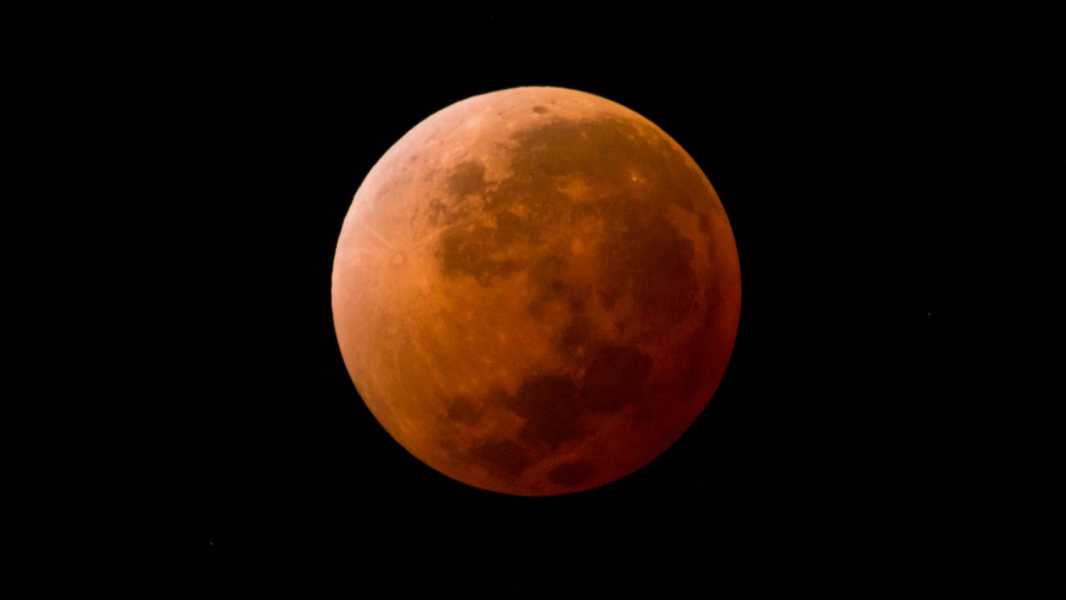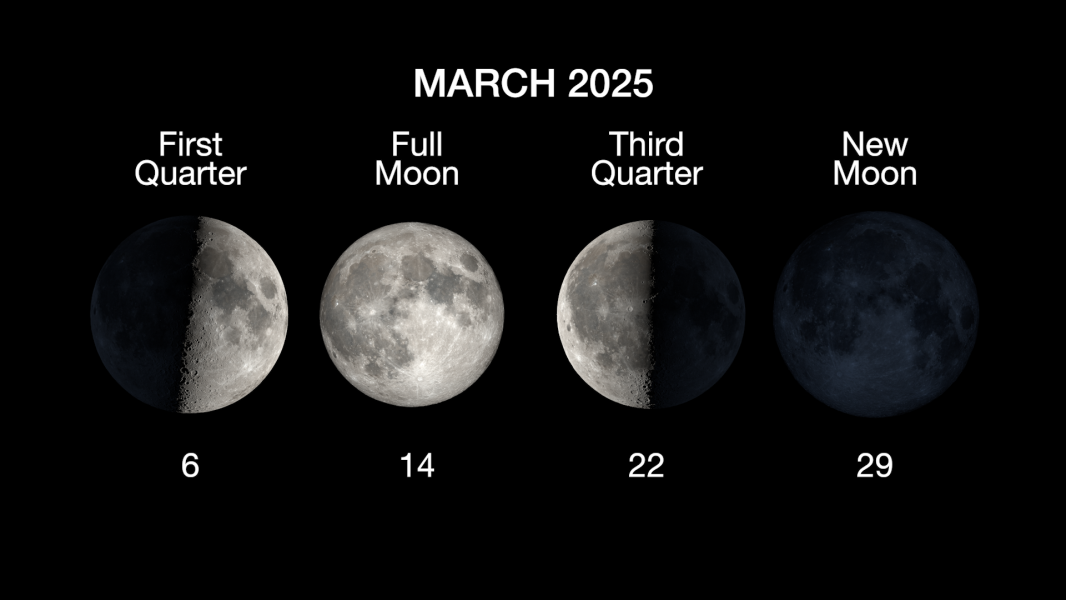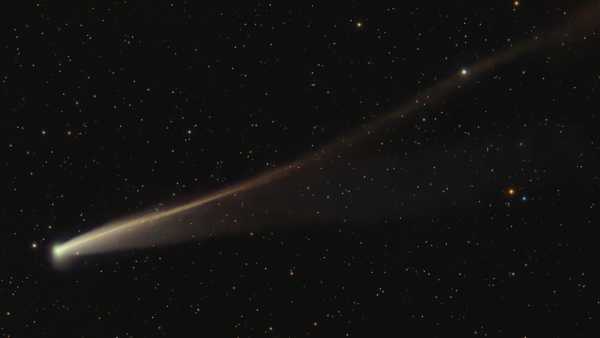
(Image credit: ElOjoTorpe via Getty Images) When is the next full moon?
The March full moon, known as the Worm Moon, will appear tonight (March 13). Notably, this full moon will coincide with a total lunar eclipse, a “blood moon,” that will be visible across North America and other parts of the world. The moon will also be fully illuminated on Friday (March 14).
A total lunar eclipse is sometimes called a blood moon because of the reddish hue it takes on as it passes through the darkest part of Earth's shadow. Today's total lunar eclipse, a blood moon, is expected to begin at 11:57 p.m. and end at 6 a.m. ET (03:57–10 a.m. UTC), according to Timeanddate.com.
The total phase of the eclipse (known as totality, when the Moon is completely obscured by Earth's shadow and appears red) will begin at 2:26 a.m. and end at 3:32 a.m. ET. The partial phase of the eclipse will last for several hours before and after totality. Observers in North and South America will be treated to a magnificent view of the entire event.
Read More: Total Lunar Eclipse 'Blood Moon' Visible in North America Tonight — Here's How to Spot It
Full Moons 2025: Overview
In 2025, you'll have the opportunity to observe 12 full moons, including three supermoons and two lunar eclipses. While experienced moon watchers know that the night of a full moon isn't the best time to study the lunar surface (even with good binoculars), a full moon rising as an orb at dusk is a celestial spectacle unlike any other.
Each full moon has its own unique name, reflecting its agricultural heritage. In addition to the usual array of full moons, 2025 will also feature three supermoons (when the moon's perigee, or closest point to Earth, coincides with its full phase) and two total lunar eclipses, the first since 2022.
Full Moon Guide: When are the Full Moons in 2025?
Here are all the dates and times of the full moons in 2025, according to timeanddate.com, including the most common names in North America:
The second, on Sept. 7-8, will be another total lunar eclipse, when the Harvest Moon enters Earth's inner shadow and turns reddish-orange for 82 minutes from 1:30 a.m. to 2:52 a.m. ET, according to Timeanddate.com. It will be best visible from Asia and Australia.
What are the phases of the moon?

On this diagram
Sourse: www.livescience.com





